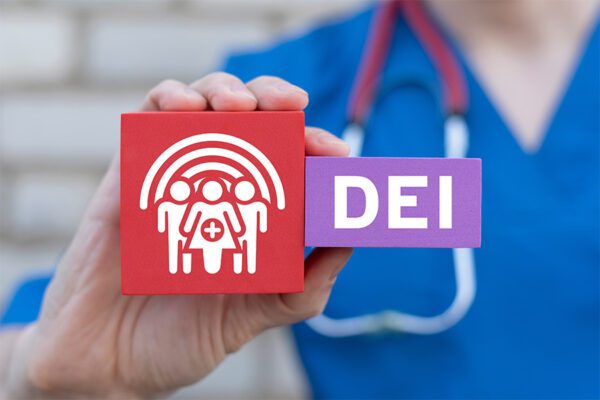Is your organization in a position with drowning HR personnel who are overtasked with different responsibilities while also administering the employee benefits program? Maybe you are the only one handling all of the hats!
When it comes down to it, there is not much difference between most brokers in the area of products, services and capabilities. However, many differences separate insurance brokers and agents from one other, with one of which being “the people.” They are the ones who make a real difference by taking care of customers every day.
We sat down and talked with two of our technology specialists who are in the trenches in developing and providing industry-leading HR technology platforms customized to our customers. Here is what they had to say when it comes to the role of technology today, adoption, generational usage, and why Horton.
1) What is the role of HR Technology now versus three years ago?
The role of HR Technology is strategic and robust. Today HR Technology consists of automating administrative processes and services while also enhancing and streamlining the user experience by integrating software and services. The role of HR Technology three years ago was to provide an automated enrollment solution that eliminated the manual collection of enrollment data. While it significantly changed some administrative processes, it failed to provide a solution that would allow an HR Administrator to manage the full life cycle of their employees such as applicant tracking, compliance, payroll, lifestyle products, and COBRA administration. The ability of HR Technology to now integrate with other service providers, and carriers have opened the doors to provide innovative plug and play features that were once outside the scope of HR Technology solutions. It has transformed into a comprehensive solution that allows customers to choose services “a la carte,” resulting in a client-driven solution that meets their needs with room for growth as a business’ needs to grow.
2) Are companies using these platforms already? Are there many late adopters? What seems to be the biggest gaps in utilizing technology platforms?
Because of this shift, we are noticing the increase in benefit admin requests. HR is finding that it is easier for employees to work through screens rather than on paper. Our clients come from a wide range of industries; blue-collar workforces, marketing companies, law firms, school districts, medical practices, up-in-coming tech firms. Late adopters tend to be the companies and HR Departments who do not trust technology and prefer keeping hard copies of enrollments documents and employee forms. They are unaware that essential documents can be scanned and stored in their online system. The biggest gap and roadblock in getting our clients to migrate towards technology comes in education. Once a client realizes the hard costs of time and overhead costs, they are more inclined to make a shift towards a Benefit Administration and HRIS system. Statistics have shown that most HR Admins/Brokers make 34,000 manual enrollment/carrier adjustments per year and spending about 5 minutes for each change- that’s about 2,800 hours PER YEAR the admin is spending on employee carrier updates. For an HR Admin that works $25/hour the total cost saving that they can see is around $70,000. By automating that feature, the client and/or brokerage can save a lot of dollars and cents.
3) As HR departments are made of a range of generations, are the individuals that are handling these platforms from the millennial population, as their adaption, and use of technology is more prominent than a “Boomer?”
Our existing clients come from a wide range of industries, as well as generations. No matter the generation, as long as our client is trained properly and maintain their portal efficiently, they can benefit equally from being on an online administrative solution. HR Professionals must be willing to accept the fact that industry standards are shifting towards a “working smarter, not harder” mentality, and the same goes for the overall HR processes and procedures. If they trust and believe in the transition towards technology, then they are more willing to adapt- no matter what generation category they lie within.
4) What sets Horton apart? Is it our technology partnerships, our guidance when we build the platforms, etc.?
What sets Horton apart is our ability to listen to the needs of our clients and conduct a thorough analysis of their current plan offerings to identify the HR Technology solution that will best meet the client’s needs. Horton offers a wide suite of HR Technology solutions. Our technology solutions include options that offer a slow transition to full adoption of automation. Typical scenarios we see include:
- Groups transitioning from paper enrollment;
- Groups who are looking to automate the enrollment process;
- Groups that are in need of comprehensive health care management solutions; and
- Groups who are interested in integrating their payroll, benefit administration, and other services into one technology solution.
We also offer consultative services that assist groups through the RFP process which consists of helping our client to research, purchase, implement and manage HR technology solutions.
Our technology team takes a consultative approach to the selection and implementation of a HR platform for our clients. As partners in the technology platform, Horton’s technology team focuses on a client’s pain points and opportunities to increase efficiencies and reduce errors while offering a seamless user experience.
Material posted on this website is for informational purposes only and does not constitute a legal opinion or medical advice. Contact your legal representative or medical professional for information specific to your legal or medical needs.



